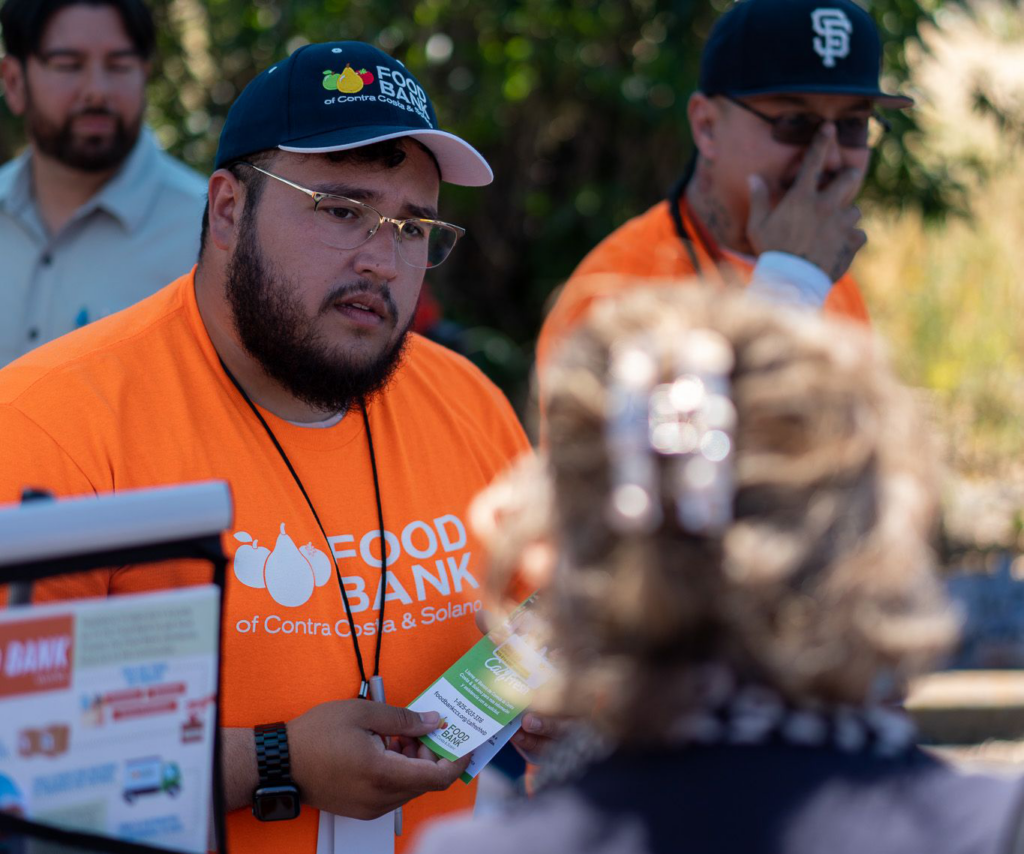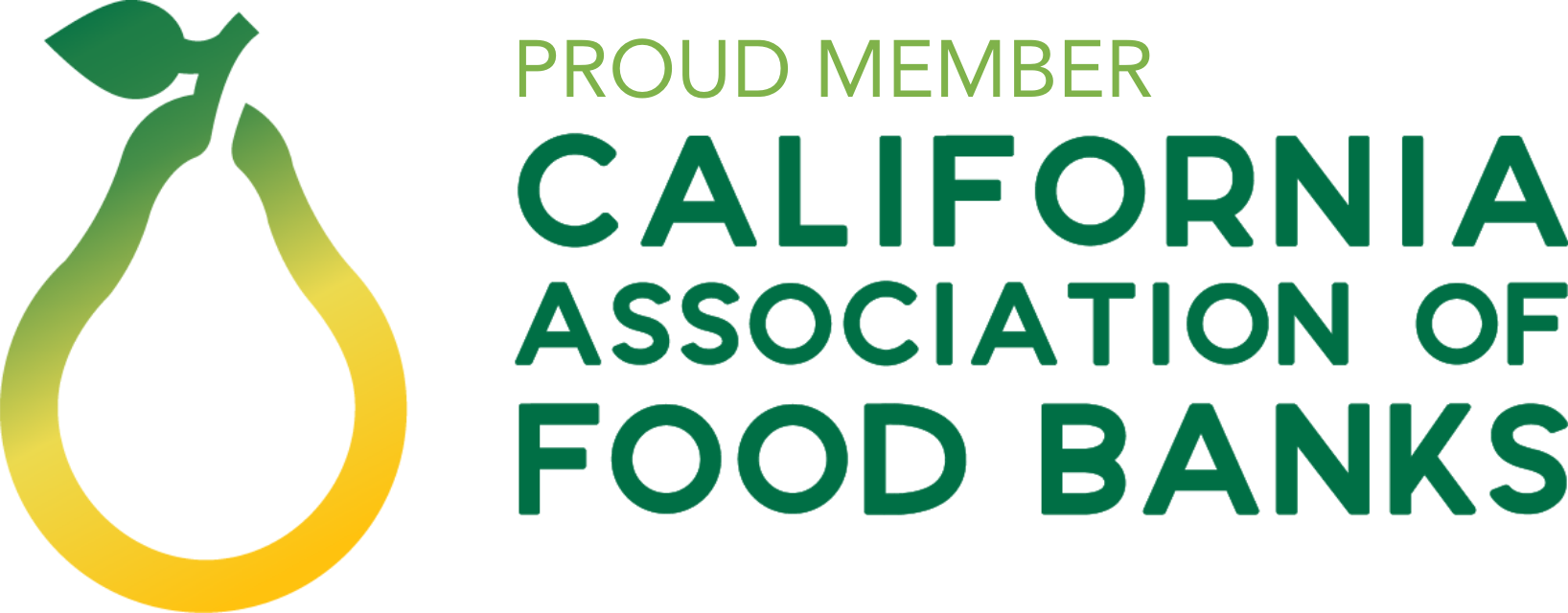CalFresh (known federally as the Supplemental Nutrition Assistance Program, or SNAP) makes it easier to buy groceries when money is tight – but for neighbors in their fifties, accessing this important nutritional benefit is about to get more difficult.
Here’s what you need to know about how the new deal to raise the federal debt ceiling will impact food aid, and likely increase hunger in our community for older adults.
What’s changing
The deal imposes new work requirements on adults aged 50 to 54 who access CalFresh/SNAP benefits. These older adults will now need to prove they are working or in training programs for 80 hours a month in order to keep receiving benefits – otherwise they may only access them for three months every three years.
Work requirements previously only applied to those aged 18 to 49. The new requirements could lead to a loss of benefits for about 275,000 people, and reductions for another 19,000 across the country.
Why we’re worried
While the stated goal of these requirements is to encourage more people to gain employment, studies show that they often result in people who are already working losing benefits instead – either because they can’t get enough hours at their job or because they struggle with documenting and reporting their employment.
We also know that people are more likely to get sicker as they age. The percentage of adults with a disability starts to rise rapidly as people enter their late 40s, meaning adults targeted by these new work restrictions are much more likely to be part of this vulnerable population.
While people who are disabled shouldn’t have to meet work requirements, amassing proof of a disability and qualifying for supports like SSDI can take a long time – often years. During that time, CalFresh and SNAP are a critical lifeline for our neighbors. Without it, they will lose access to nutritious food that can help them manage their health and improve their quality of life long-term.
What it all means
“SNAP is our most effective tool to fight hunger. At a time when we should be protecting and strengthening the reach and impact of SNAP, we are extremely disappointed that the current debt ceiling agreement will no doubt increase hunger.”
–California Association of Food Banks
This isn’t the first cut to our safety net that neighbors have faced this year. The end of Emergency Allotments and Pandemic-EBT already removed millions of dollars in food support from Contra Costa and Solano Counties. Meanwhile, grocery prices aren’t coming down in line with inflation.
It’s likely this new change will lead to more vulnerable neighbors facing hunger, harm the long-term health of our community, and put even more pressure on the Food Bank to make up for these lost supports.
Every gift matters
In the face of devastating cuts like these, your support provides hope and relief to neighbors struggling with hunger every day. A gift from you will ensure we can continue to provide fresh, nutritious and healthy food to 350,000 people – 1 in 5 of your neighbors – each month. Give now and help fill the hunger gap!




